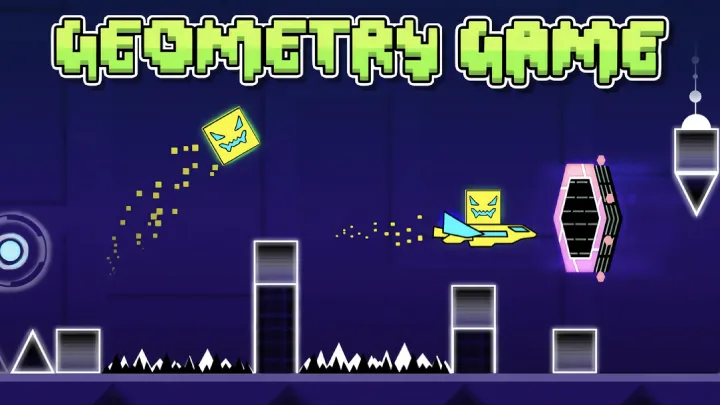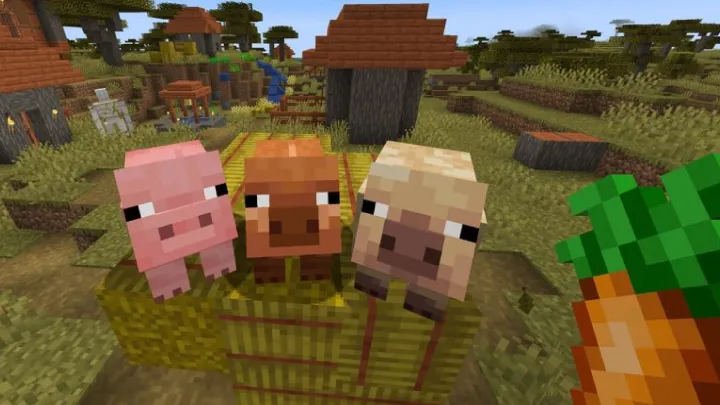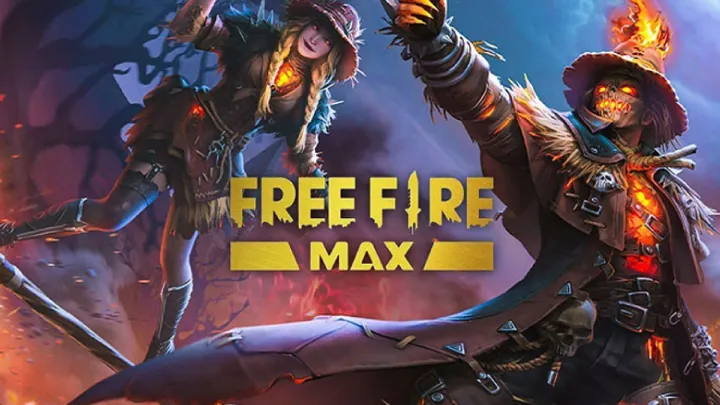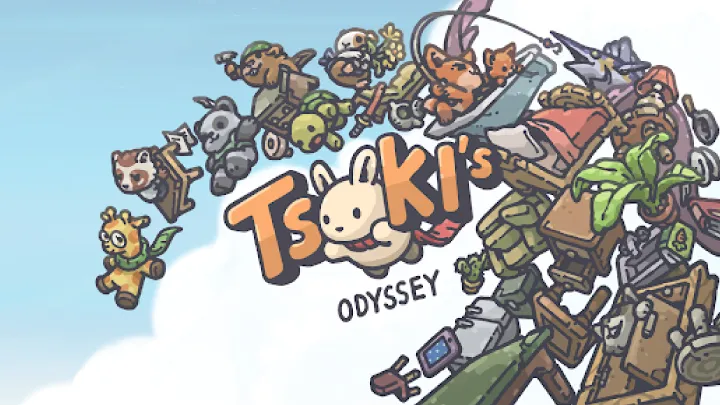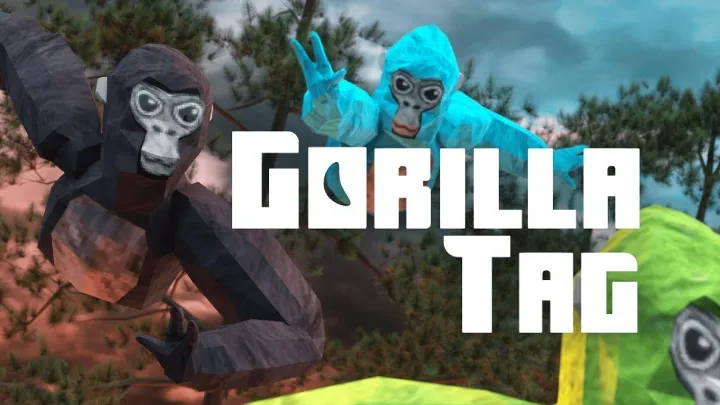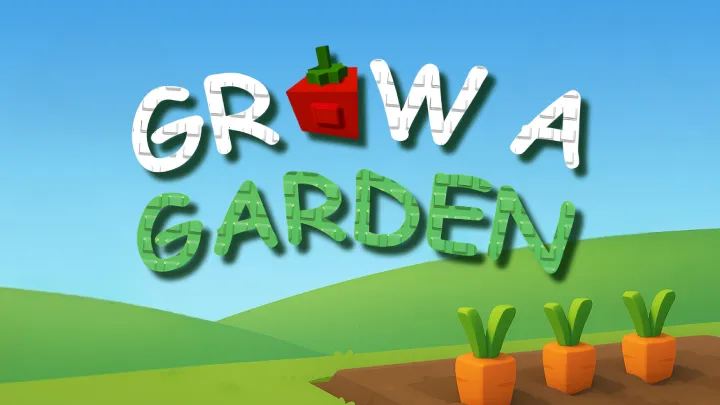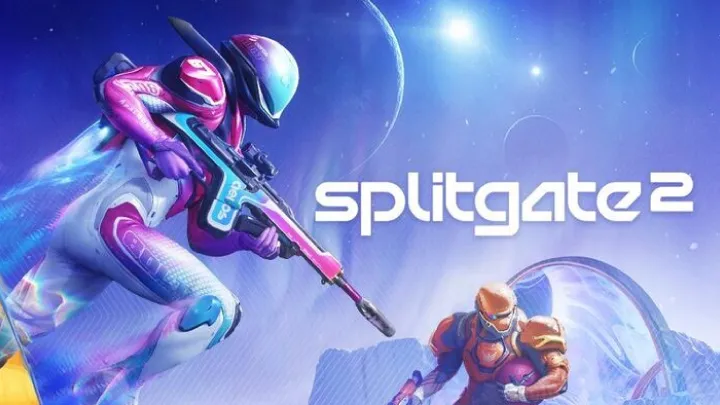The world of digital art is more connected than ever before. Artists no longer work in isolation; instead, they collaborate in real-time across continents, sharing ideas, refining details, and building stunning artworks together. In 2025, digital art collaboration apps have become essential for professionals, hobbyists, and creative teams who want to work seamlessly from anywhere.
This article dives into the best apps for digital art collaboration in 2025, highlighting features, benefits, and why they’re game-changers for the creative industry.
1. The Rise of Collaborative Digital Art Platforms
In the past, artists often worked solo or exchanged files via email. This process was slow, caused versioning issues, and made real-time collaboration nearly impossible. Fast-forward to 2025, and tools now allow multiple artists to sketch, paint, and brainstorm together in real-time—whether on a tablet, desktop, or VR headset.
Collaborative art apps aren’t just for professionals; they also support educators, design teams, indie creators, and online art communities. Features like cloud storage, shared canvases, AI-assisted tools, and integrated chat make the creative process more interactive than ever.
2. Krita Collab – Open-Source Collaboration for Digital Artists
Krita has long been a favorite among illustrators and concept artists. In 2025, its new Krita Collab extension allows multiple artists to work on the same canvas simultaneously.
Key Features:
- Real-time multi-user canvas editing.
- Layer management with individual permissions.
- Free and open-source, supported by the art community.
- Integrated voice and text chat for team coordination.
Why Artists Love It:
Krita Collab is completely free yet powerful, making it ideal for students, independent creators, and art communities. It’s proof that open-source projects can rival premium apps.
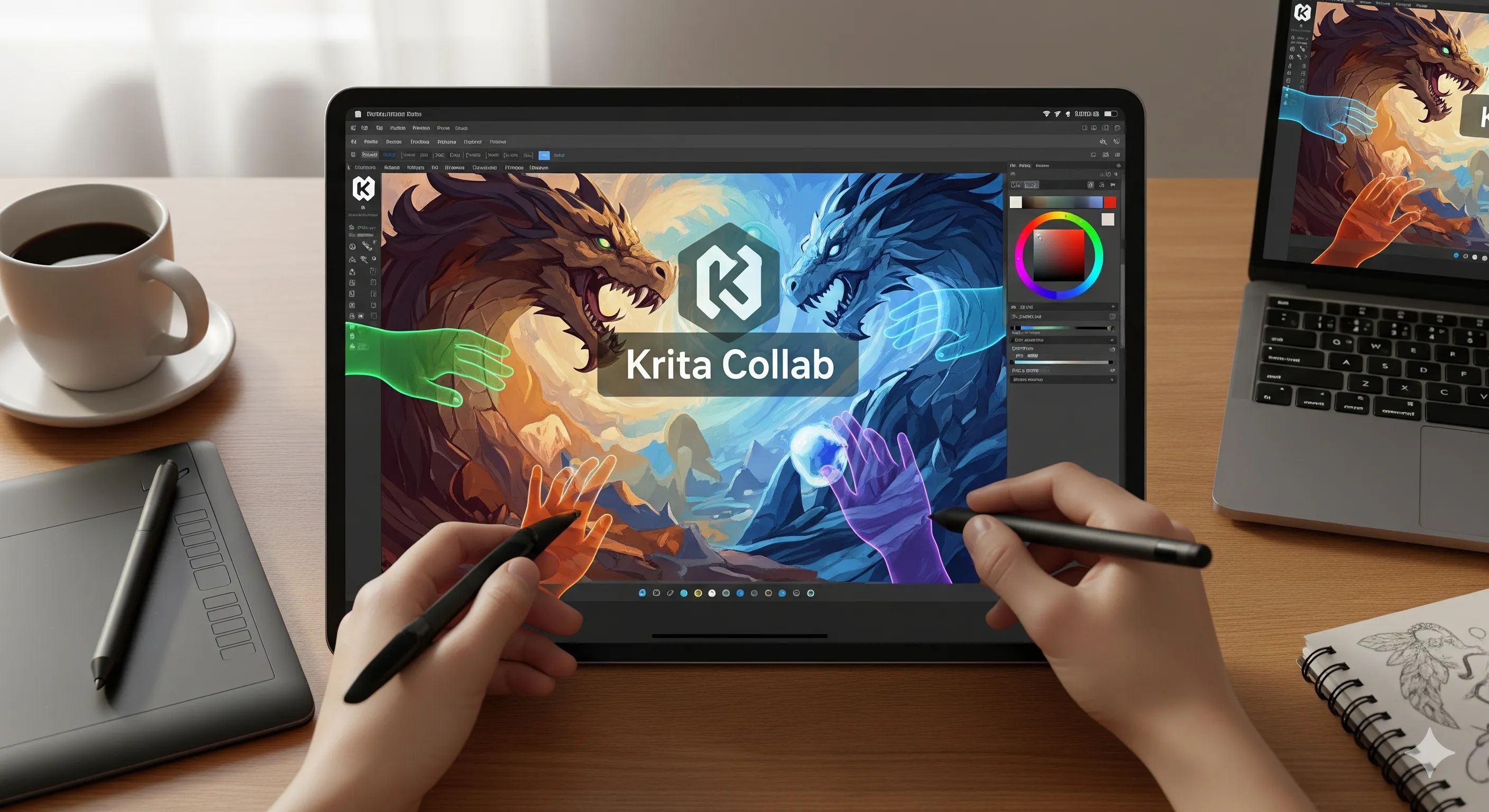
3. Adobe Fresco Teams – Professional Collaboration in Real-Time
Adobe continues to dominate the creative industry, and Adobe Fresco Teams is their 2025 solution for collaborative art. Built into the Adobe Creative Cloud ecosystem, Fresco Teams integrates seamlessly with Photoshop, Illustrator, and After Effects.
Key Features:
- Shared canvases with real-time co-editing.
- Version control and history tracking.
- AI-powered brush enhancements for lifelike strokes.
- Integration with Adobe Stock and Creative Cloud Libraries.
Why Artists Love It:
Fresco Teams is a top choice for professional studios, design agencies, and enterprise teams. Its compatibility with the entire Adobe suite makes it a go-to for cross-disciplinary projects.
4. Magma Studio – Browser-Based Collaborative Canvas
Magma Studio has been a game-changer for online collaboration. By 2025, it has evolved into a fully browser-based professional tool, requiring no downloads and working on virtually any device.
Key Features:
- Unlimited collaborators on a shared canvas.
- Browser-based with pressure-sensitive pen support.
- Role-based access for teachers, students, and professionals.
- Layer locking, commenting, and feedback tools.
Why Artists Love It:
Magma is lightweight yet powerful, perfect for online art classes, workshops, and community-driven projects. Its accessibility makes it a favorite among educators and remote teams.
5. Procreate Share – Bringing Collaboration to iPad Artists
Procreate has been one of the most beloved iPad apps for artists, and in 2025, it finally introduced Procreate Share—a feature that allows collaborative canvases across devices.
Key Features:
- Real-time co-drawing on iPad and iPhone.
- Cloud-based project sync with iCloud.
- Group sessions with voice integration.
- Offline-first design with auto-sync when connected.
Why Artists Love It:
Procreate Share is perfect for mobile-first artists. Whether sketching at a café or brainstorming with a team, the app makes real-time collaboration feel natural and fluid.
6. Figma for Illustrators – Expanding Beyond UI/UX
Figma is already a leader in collaborative design, but in 2025, it has expanded into digital art collaboration. With illustrator-focused features, artists now use Figma for storyboarding, comic creation, and interactive art projects.
Key Features:
- Infinite canvas with vector and raster support.
- Real-time comments, annotations, and reactions.
- Plugin support for brushes, textures, and AI art generators.
- Cloud collaboration with unlimited project history.
Why Artists Love It:
Figma is ideal for hybrid teams—designers, illustrators, and product teams can now collaborate in the same space. It bridges the gap between functional design and artistic creativity.
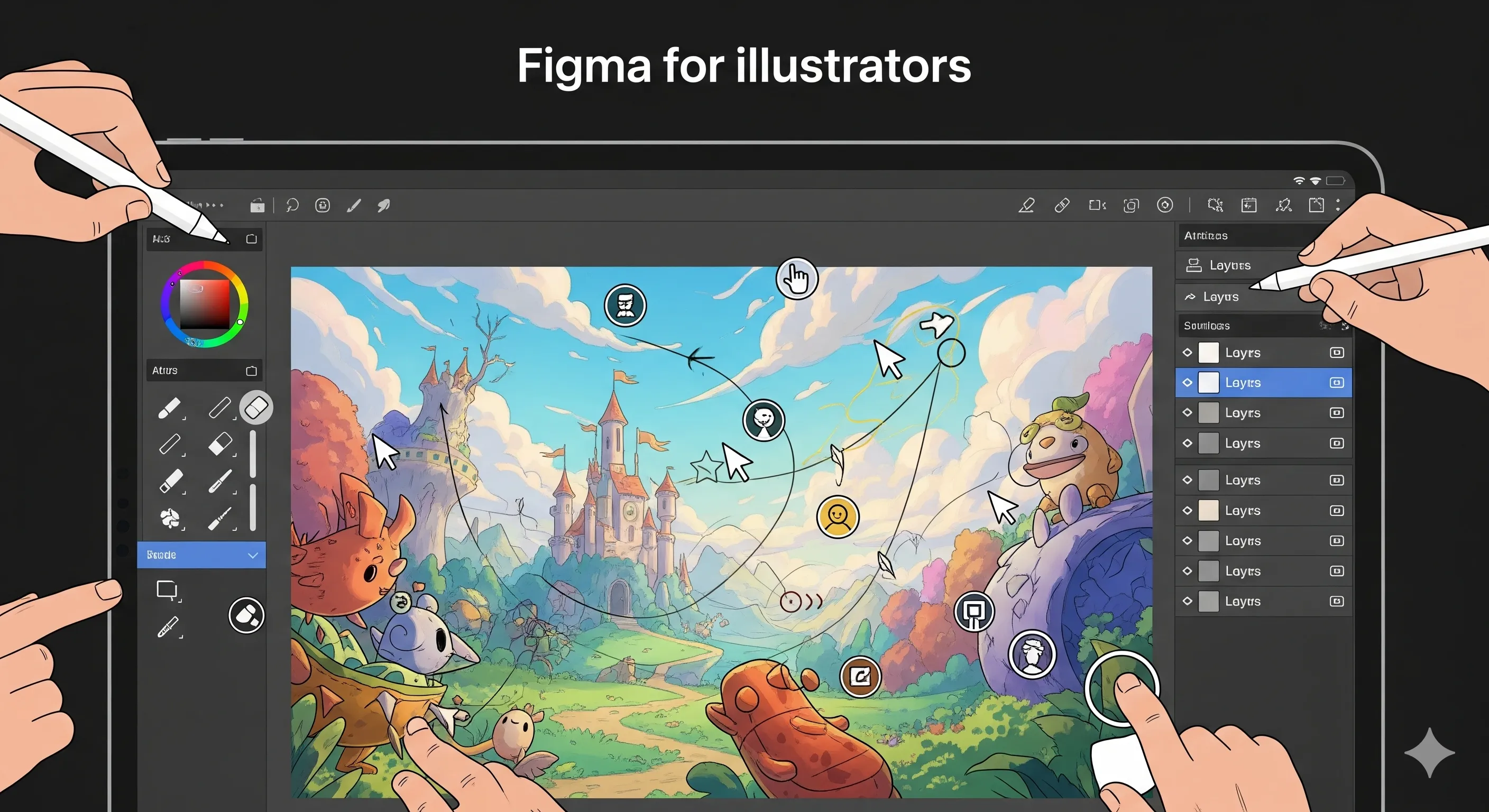
7. Canva Create – Community-Driven Art Collaboration
While Canva is widely known for design templates, in 2025 it has expanded into artistic collaboration with Canva Create. This tool emphasizes community-based art projects.
Key Features:
- Shared canvases for group art challenges.
- Drag-and-drop brushes and texture packs.
- Community galleries with live feedback.
- AI-assisted color matching and style suggestions.
Why Artists Love It:
Canva Create is accessible for beginners, yet it supports large online communities where artists share, remix, and collaborate. It’s a blend of social media and collaborative creation.
8. Clip Studio Paint Connect – For Manga & Comic Artists
Clip Studio Paint has always been a favorite among comic and manga creators. In 2025, the CSP Connect feature allows global collaboration on serialized art projects.
Key Features:
- Multi-user comic panel editing.
- Built-in translation tools for cross-language projects.
- Cloud syncing for episodic storytelling.
- Animation-friendly collaboration for motion comics.
Why Artists Love It:
CSP Connect is designed for story-driven projects—perfect for small teams working on manga, comics, and illustrated novels.
9. Virtual Reality Collaboration – Tilt Brush & Horizon Worlds
2025 has seen the growth of VR art collaboration tools, with apps like Tilt Brush (Google) and Meta Horizon Worlds leading the way.
Key Features:
- Real-time 3D sculpting and painting in VR.
- Multi-user VR sessions for immersive collaboration.
- Export to 2D, 3D, and AR formats.
- Integration with VR galleries for exhibitions.
Why Artists Love It:
VR collaboration allows artists to step inside their creations, working together in a shared virtual studio. This is especially popular for 3D art, architecture, and immersive media projects.

10. Choosing the Right Digital Art Collaboration App in 2025
With so many powerful tools available, choosing the right app depends on your needs:
- For professionals & studios → Adobe Fresco Teams, Clip Studio Paint Connect.
- For open-source & budget-conscious artists → Krita Collab.
- For educators & online workshops → Magma Studio, Canva Create.
- For mobile-first creators → Procreate Share.
- For immersive 3D projects → Tilt Brush & VR-based tools.
Ultimately, the best app is the one that matches your art style, collaboration needs, and workflow.
The Future of Digital Art Collaboration
By 2030, we can expect even more advancements in AI-assisted creativity, AR-powered art, and blockchain-secured collaborative ownership. Artists may soon collaborate in metaverse-style studios, where tools, canvases, and communities exist in immersive shared spaces.
Collaboration is no longer just about working together—it’s about building art ecosystems that connect people across cultures, languages, and disciplines.
Conclusion
The best apps for digital art collaboration in 2025 empower artists to create together like never before. From open-source platforms like Krita Collab to professional ecosystems like Adobe Fresco Teams, these tools allow anyone—from hobbyists to studios—to share ideas and bring visions to life.
As digital collaboration becomes the norm, these apps prove that the future of art isn’t just about individual expression, but about shared imagination across the globe.









